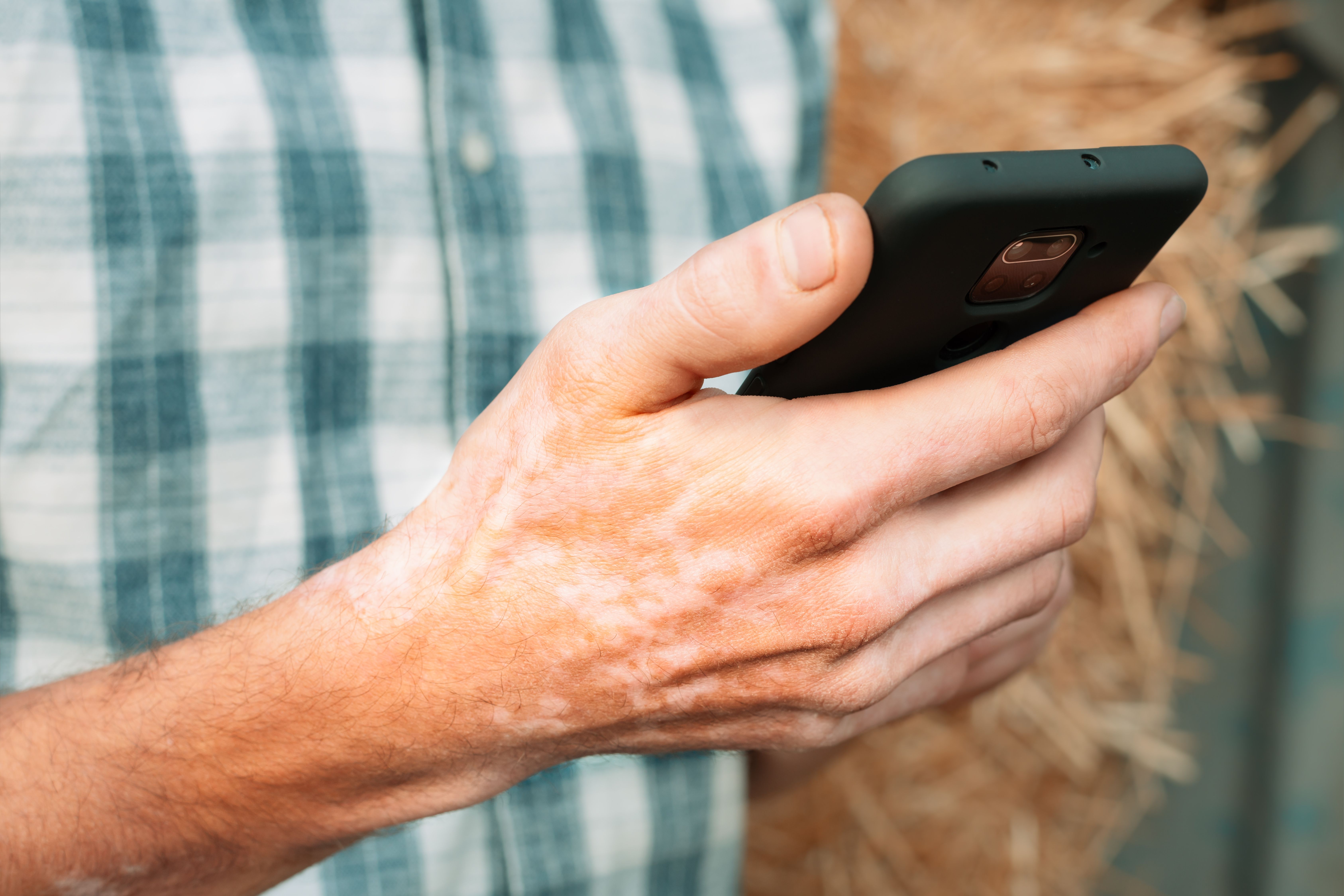- Case-Based Roundtable
- General Dermatology
- Eczema
- Chronic Hand Eczema
- Alopecia
- Aesthetics
- Vitiligo
- COVID-19
- Actinic Keratosis
- Precision Medicine and Biologics
- Rare Disease
- Wound Care
- Rosacea
- Psoriasis
- Psoriatic Arthritis
- Atopic Dermatitis
- Melasma
- NP and PA
- Skin Cancer
- Hidradenitis Suppurativa
- Drug Watch
- Pigmentary Disorders
- Acne
- Pediatric Dermatology
- Practice Management
- Prurigo Nodularis
- Buy-and-Bill
Article
Help patients determine cleansing regimen
Dermatologists are in the best position to help their patients cut through the clutter of products to make the most of their facial cleansing rountine, says Dr. Zoe Draelos.

Dermatologists are in the best position to help their patients cut through the clutter of products to make the most of their facial cleansing rountine, says Dr. Zoe Draelos.
Dr. Draelos, clinical associate professor in the department of dermatology at Wake Forest University School of Medicine, Winston-Salem, N.C., and author of "Cosmetic Conundrums" in Dermatology Times, said at a news conference yesterday, there are three ways to cleanse the face: facial cleansers, implements or the use of a cleansing product along with a supplemental tool.
Facial Cleaners - Soap
A comber is typically a deodorant or highly fragranced cleanser that contains detergent ingredients too harsh for the face, but more appropriate for the body.
A soap-free cleanser that is appropriate for use on the face, depending on the skin's sensitivity is called a syndet. Beauty bars, mild cleansing bars and sensitive skin bars are examples of syndets, which include synthetic detergent cleansers that have a lower pH, the measure for skin product acidity and a predictor of irritation. A cleanser with a higher, more alkaline pH is likely to disrupt the natural skin barrier on the face. However, these products may not remove sebum from extremely oily skin. Most liquid facial cleansers are of this type.
Lipid-free cleansers
"Lipid-free cleansers are best for patients with excessively dry or sensitive skin," Dr. Draelos says. "However, they are not very effective at removing oil or environmental dirt and are only recommended where minimal cleansing is needed."
Dr. Draelos says ingredients found in these cleansers, such as glycerin, cetyl alcohol, stearyl alcohol, sodium laurel and sulfate, leave behind a thin, moisturizing film, making these products ineffective for those with acne.
Cleansing cream
Most cleansing creams are comprised of water, mineral oil, petrolatum and waxes, making them attractive to patients with dry skin. Cleansing creams are a convenient, one-step process, providing both removal of cosmetics and cleansing, all in one.
Abrasive scrubs
"Scrubs were developed after it was found that exfoliating produced smoother skin," Dr. Draelos explains. "The challenge with abrasive scrubs is that the scrubbing granules can cause irritation, redness or slight wounds on the face."
The most abrasive scrubs include ingredients such as aluminum oxide particles and ground fruit pits, and these rough-edged particles are not appropriate for use on sensitive skin. However, most skin types can tolerate a mild facial scrub that contains polyethylene beads that are smooth and round, or sodium tetraborate decahydrate granules that soften and dissolve during use.
Skin cleansing tools
"Individuals who use implements or tools with cleansers often feel they are getting a deeper clean, but cleansing involves the chemical interaction of the cleanser with the skin accompanied by the physical act of scrubbing," Dr. Draelos says. "Dermatologists can help individuals select the appropriate implement or tool to include in a good facial hygiene routine."
Woven mesh
When first introduced, woven mesh products were meant to induce exfoliation with an implement instead of an ingredient. These sponges have since been redesigned to be gentler and incorporate a mild cleanser designed for various skin types.
Disposable face cloths
"The recent addition of humectants and emollients to these cloths can decrease the damage to the skin's natural barrier that occurs during cleansing and help smooth the skin," Dr. Draelos says. "These ingredients also are especially beneficial for those of us with dry skin who need to wash more frequently."
Cleansing pouch
A new variation on the cleansing cloth is the cleansing pouch. Ingredients are placed between two fibered cloths containing holes of various diameters. The size of the hole determines how quickly the contents of the pouch are released onto the skin's surface. While the cleansing pouch can give a regulated delivery system for cleansing and conditioning, it does not produce as much exfoliation as a cleansing cloth.
Face brush
The newest technique for facial cleansing is the face brush, which was developed by the same team of researchers who developed the electric toothbrush. The mechanized, hand-held device uses an oscillating brush head with soft, tufted bristles to evenly disperse, lather and cleanse the face with the individual's preferred cleanser.
According to Dr. Draelos, the effectiveness of this cleansing tool depends on the type of bristle, how much pressure is applied and the type of cleanser being used.
"While each of these cleansers and tools offers unique advantages, ultimately, working with a dermatologist is the best way to determine the skin's tolerance for certain cleansing ingredients is the best way to keep facial skin clean and healthy," Dr. Draelos says.





